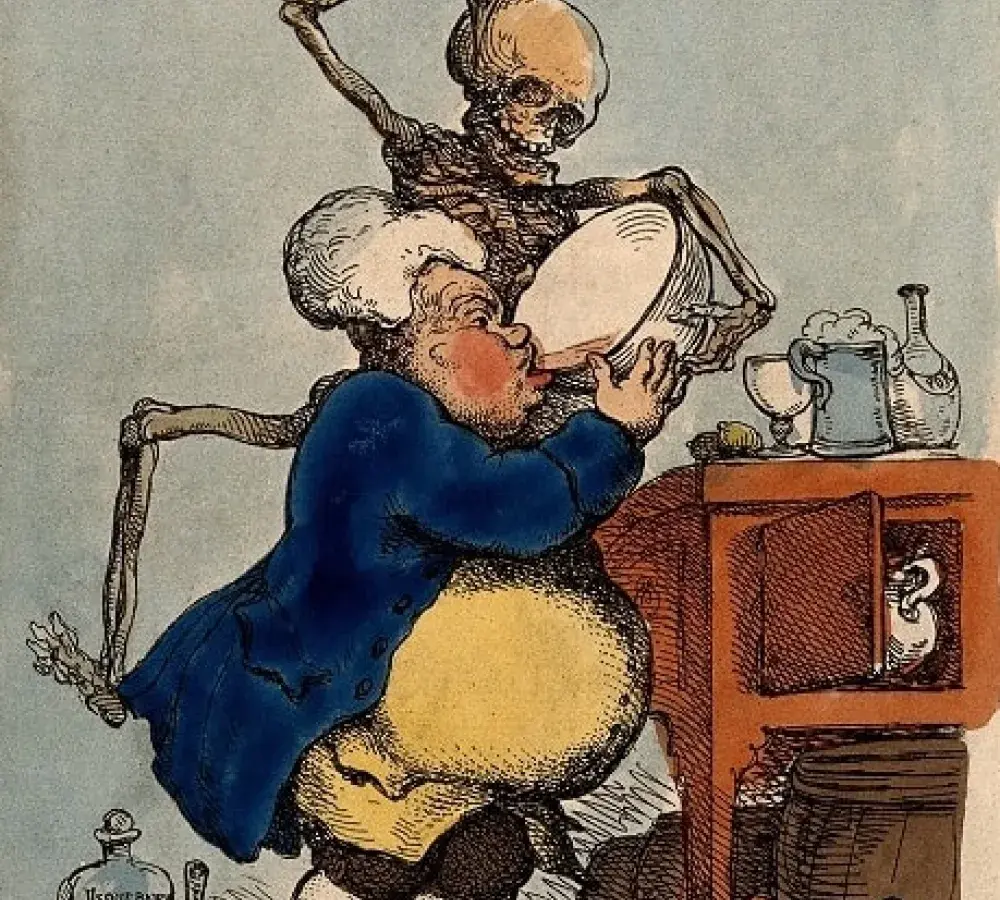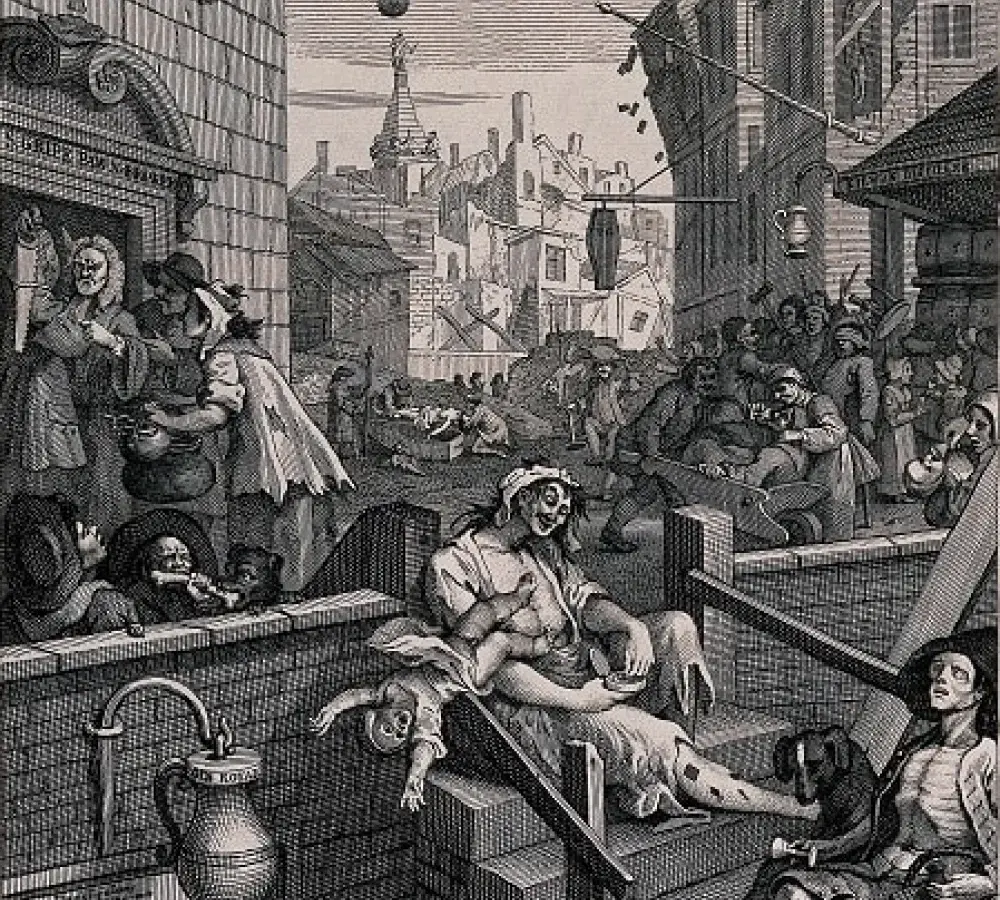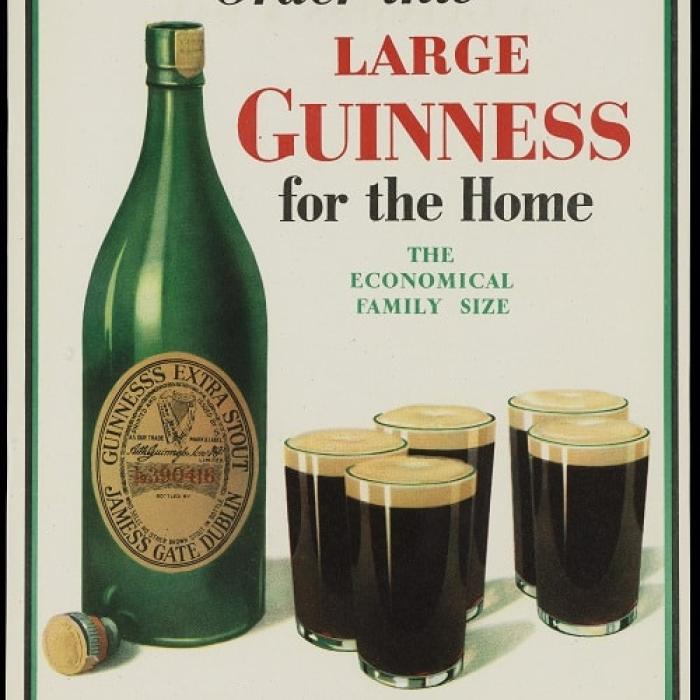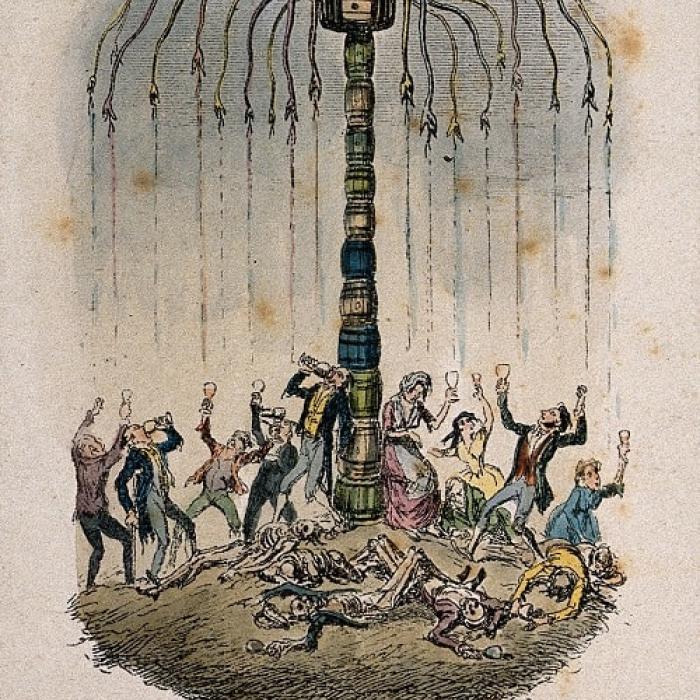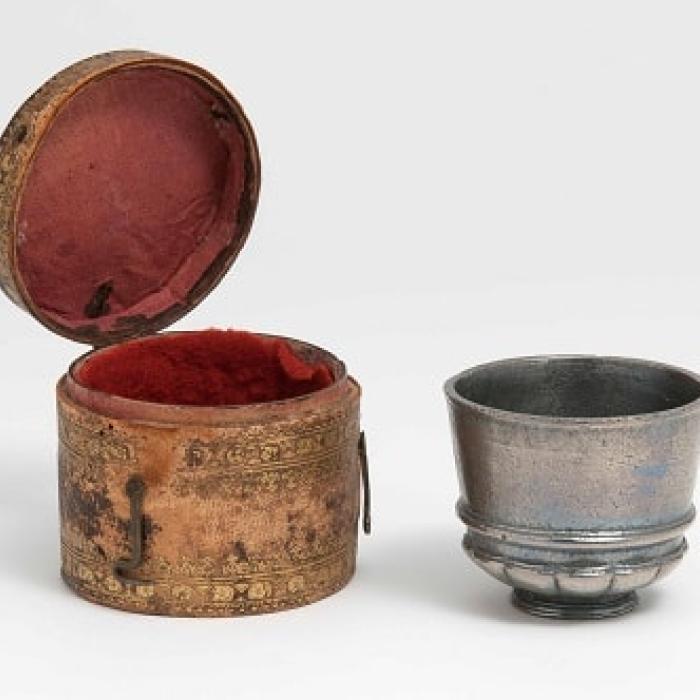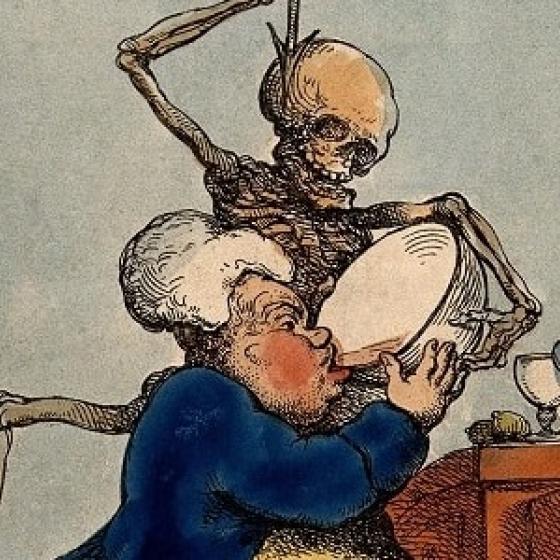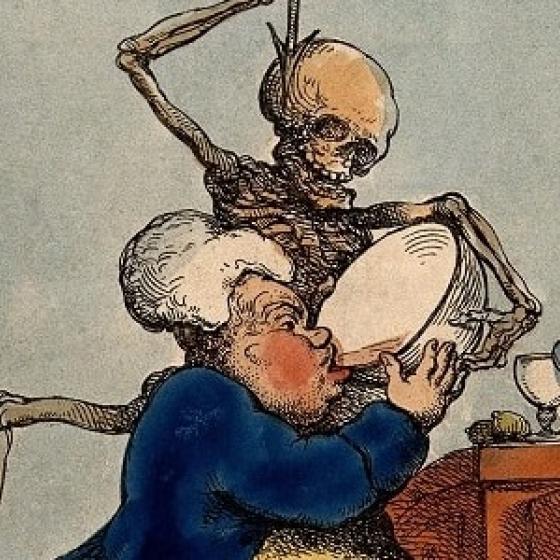Related pages
Guinness is good for you?
Guinness is a popular Irish stout brewed and available all over the world. It originated in the brewery of Arthur Guinness at St James’s Gate in Dublin, which remains the largest brewer of stout in the world.
Making ‘One too many’
Artist and filmmaker Annis Joslin was commissioned to create a film to accompany the RCP exhibition ‘This bewitching poison’: alcohol and the Royal College of Physicians. In this week’s blog post she talks about the process of creating her film ‘One too many’.
Scarce and valuable receipts
Anne Battam – 'mistress of Myon’s coffee house', Great Russell Street, Bloomsbury – published A collection of scarce and valuable receipts in 1750. It's one of the books on display in our current exhibition ‘This bewitching poison’: alcohol and the Royal College of Physicians.
‘Drink up your drink and leave none in’
The RCP’s new exhibition ‘This bewitching poison’ explores the fascinating and turbulent history of alcohol over the last 300 years. A beautiful ceramic caudle cup on loan from the Museum of London is the star of our first 'object of the month' post.
Take a young hen turkey
Have you selected your Christmas dinner menu? Will you eat traditional turkey and all the trimmings, or something a little different?



